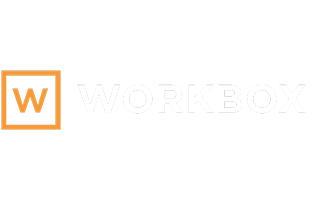Five Steps to Success with your CV
- Tailor your CV (Does your CV match the job description?)
- Get to the point - Did you know that employers only spend an average of 15 seconds looking at each CV?
- Include facts, figures, achievements and information. Highlight your impressive outcomes/achievements
- Stand out, be original. Tell employers what you can offer that other people can’t. What can you do that others can’t? Why you and not them?
- Layout - make your CV eye catching. Make it impossible to ignore. Is your CV easy to read and the point?
Cover letters – how to structure one and common mistakes to avoid
- Tailor your Cover letter (Does your Cover letter match the job description?)
- Get to the point (the employer spends more time reading your cover letter than your CV.)
- Explain gaps, anything suspicious and career changes or anything that could rise doubt in the Employers mind (Highlight your impressive outcomes/achievements)
- Standout be original (What have you got that other’s don’t?) (What can you do that others can’t) Why you and not them?
- Layout make your Cover letter eye catching. (Make your Cover letter impossible to ignore). (Is your Cover letter easy to read and the point?)
Things to know about Applicant Tracking Systems
Applicant Tracking Systems (ATS) are designed to save employers time by helping to shortlist candidates using an algorithm. As many as 40% of employers use ATS, which can lead to up to 75% of CVV’s submitted not being seen by a real person.
Job created
Job published to company website or job boards
Job seekers apply
Applicants are screened
Interviews are conducted
Applicant hired
What you need to know:
- The way in which your CV is written could be more important than the information it conveys to get past the ATS technology
- ATS can be useful for applicants as they also allow recruiters to keep your file on record and communicate with you
- Some ATS systems rank the applicants for recruiters so that the employer can focus on the top ones
How to beat the ATS
- Identify Key words to include in your CV and cover letter. These should be a mixture of key words from the job description, and key words from any company information you have found
- Be very careful when completing the initial information screen, ensure you have made no spelling or formatting errors
- Submit your CV and Cover letter using a generic file type such as MS Word, do not submit these documents as a PDF as the system may be unable to read it
- Remove any graphics, borders, shading and symbols
- Have a Skills section on your CV
- Update and re-submit your CV frequently
- Keep a separate CV to send by email, and one to submit through ATS

